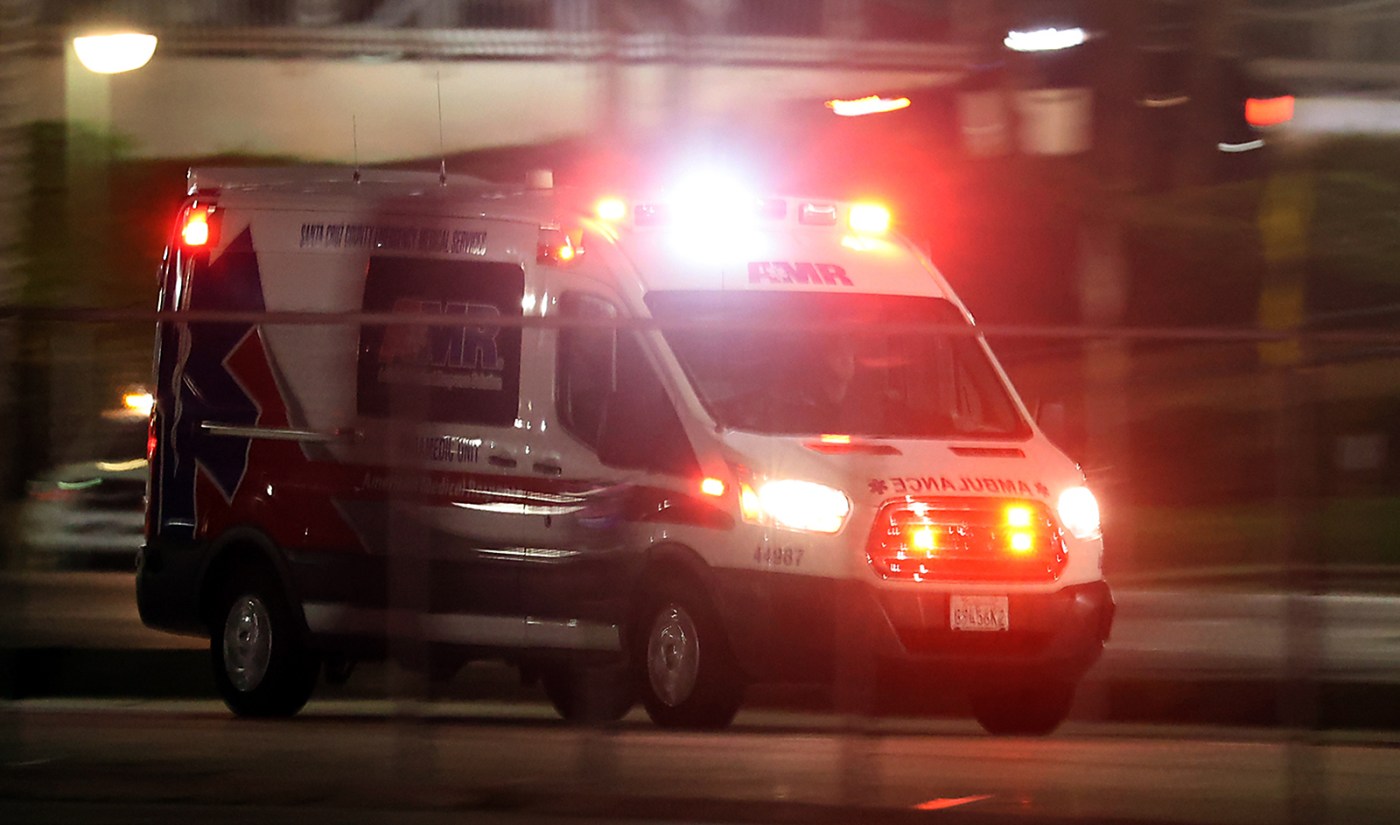Proposition 35, the Medi-Cal funding measure on the Nov. 5 ballot, presents another example of special-interest ballot-box budgeting that limits the discretion of lawmakers and reduces flexibility to respond to fiscal crises. Voters should reject it.
If we’ve learned anything in the past few years, it’s that multibillion budget surpluses one year can morph into gigantic deficits the next. The governor and state lawmakers need flexibility to responsibly address the shortfalls.
California voters should not lock in funding allocations that favor doctors and hospitals over children and community health workers. Nor should they keep tying the hands of lawmakers, who must already contend with, for example, voter mandates for school funding, which must receive about 40% of the state budget; for prudent budget reserves; and for arts education.
At issue with Proposition 35 is a tax on health plans that provides $7.5 billion of the $161 billion needed to annually fund Medi-Cal — the federal-state health program for low-income people.
The tax is based on the number of people to whom the health plans provide coverage. The state leverages the tax money for matching funds from the federal government.
Medi-Cal, in turn, reimburses the health plans for almost all the tax, with the federal government covering the majority of the cost. In other words, it’s a tax that’s not really a tax but rather a way to pull in more federal money.
Proposition 35 is being sold as a measure that would secure that $7.5 billion in funding by permanently extending the tax on health plans. But this lock-in isn’t needed. State lawmakers, understanding how the tax leverages federal dollars, have generally levied and renewed it for nearly two decades and are incentivized to do so in the future.
Meanwhile, Proposition 35 would not only make the tax permanent, it would also dictate allocation of the spoils. It would pick winners and losers.
Not surprisingly, the winners include doctors, hospitals and emergency ambulance providers, which explains why they are major financial backers of the measure. Their funding would be protected and, in some cases, increased under Proposition 35.
Among the possible losers are community health workers, private nurses and children under age 5, who are currently protected from losing their Medi-Cal coverage.
To provide the additional funding for the winners under Proposition 35 and still preserve other Medi-Cal programs, the state would need to tap the general fund for another $1 billion to $2 billion annually in 2025 and 2026, according to the Legislative Analyst’s Office.
The current tax will expire at the end of 2026 unless the Legislature and the federal government extend it. But there’s every reason to believe state lawmakers will do their part, just as they have in the past.
Yet, Proposition 35 backers tout that their measure would make the tax permanent starting in 2027 — and use the notion of going after politically unpopular insurance companies for money as a selling point even though those companies will get their money back.
Related Articles
Kamala Harris’ acceptance speech: The full text
The ‘joyful’ Democratic convention is over. The real test for Kamala Harris’ campaign now begins
Despite rumors, no surprise performance from Beyoncé or Taylor Swift at DNC
Kamala Harris to accept Democratic nomination amid buzz about who else will be on DNC stage. Watch it live here
Oakley council votes to cancel election in two districts; incumbents appointed
Backers of the ballot measure also say that the tax revenue has been diverted to bolster the state’s general fund. But the state this fiscal year will provide $62.4 billion to help fund Medi-Cal, including $35 billion from the general fund.
It’s fiscally reckless to keep using ballot measures to earmark unpredictable state revenues. Proposition 35, which is 43 pages long, “hamstrings our ability to have the kind of flexibility that’s required at the moment we’re living in,” says Gov. Gavin Newsom.
He’s right.
More funding for health care for the poor is a laudable goal. So are attempts to raise rates for doctors and other health care providers who serve Medi-Cal patients. Indeed, there are legitimate concerns about Medi-Cal patients not being able to find providers because doctors don’t want to take them on at low payment rates.
But the allocation of limited general fund money should be made when all the competing demands are weighed by state lawmakers. We shouldn’t be locking it in with a ballot measure few voters will ever understand.












